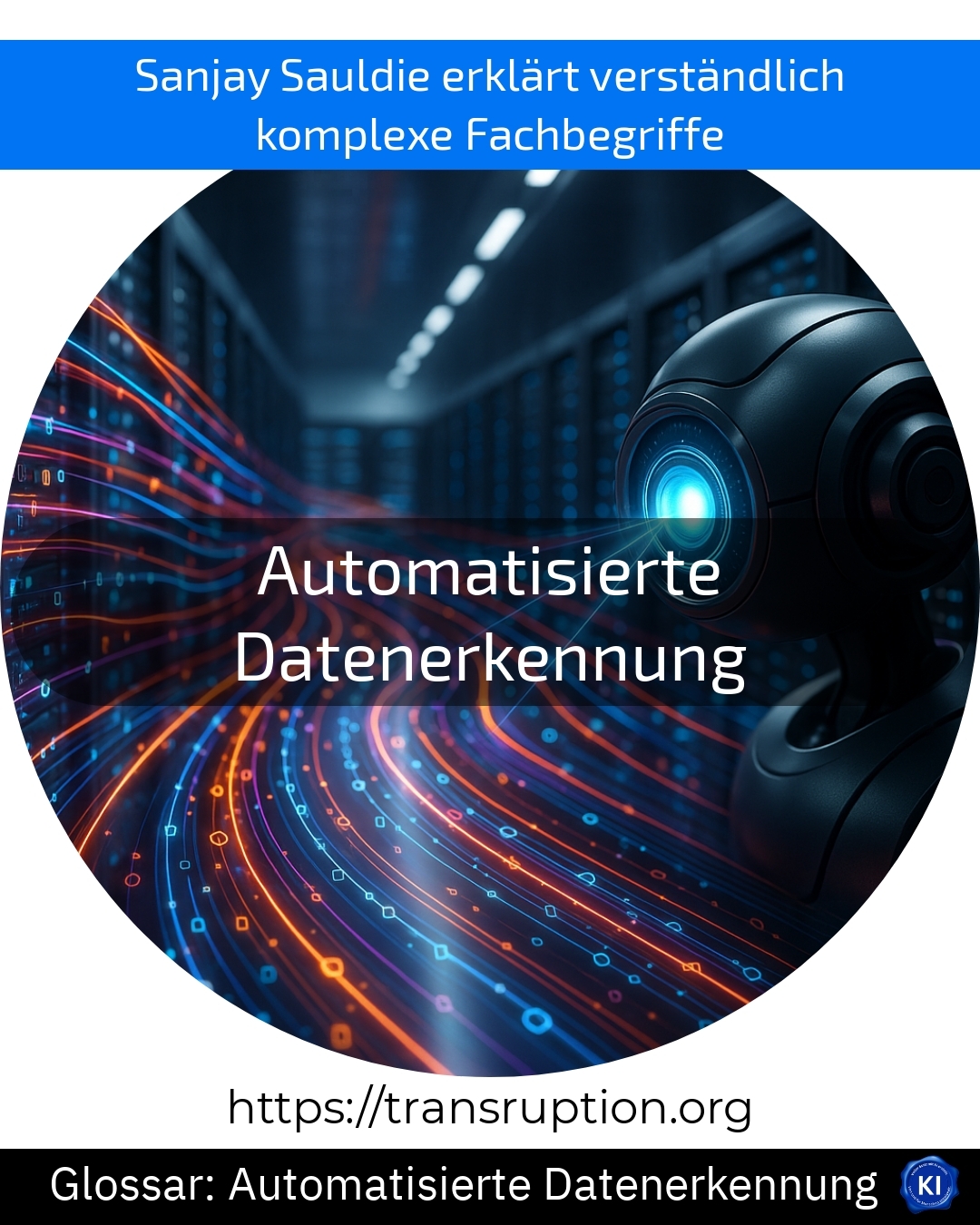Automated data recognition is particularly at home in the fields of artificial intelligence, big data, smart data and automation. It describes how computer programmes can independently discover important information in large amounts of data without a human having to search through everything individually.
Imagine a company receiving hundreds of emails every day. With automated data recognition, special programmes can automatically recognise and sort names, addresses and important content. This saves time and reduces errors because the data no longer has to be checked manually.
Automated data recognition usually uses methods from artificial intelligence such as pattern recognition or machine learning. This means that the system is trained to recognise recurring structures in the data. This makes handling huge amounts of data much more efficient.
One example: In a factory, a system constantly collects data from machines. Automated data recognition filters out when a part could soon break down. This allows maintenance to take place in good time and prevents breakdowns.
Automated data recognition makes companies faster, more accurate and better able to react to changes. This turns data into real added value.















